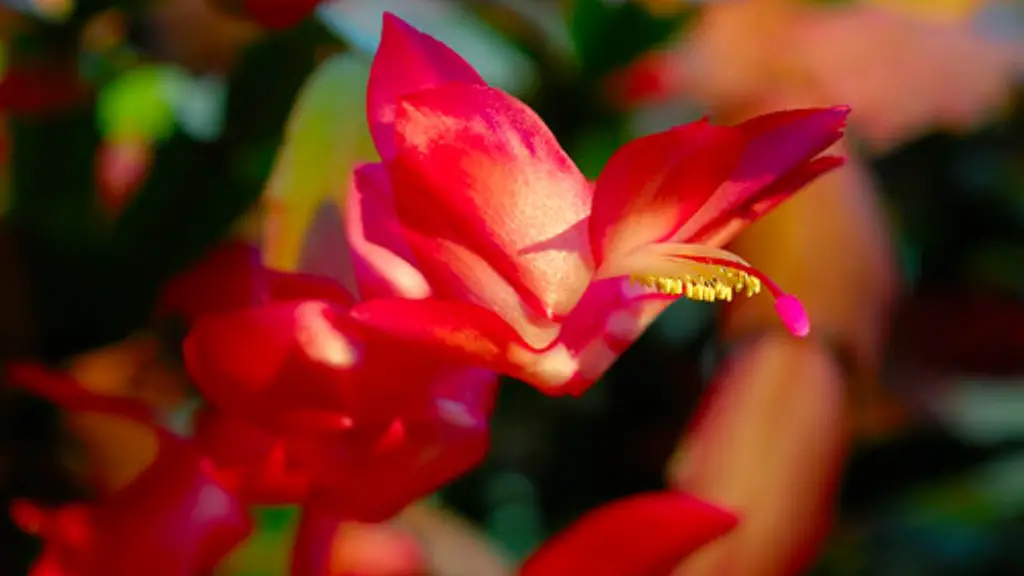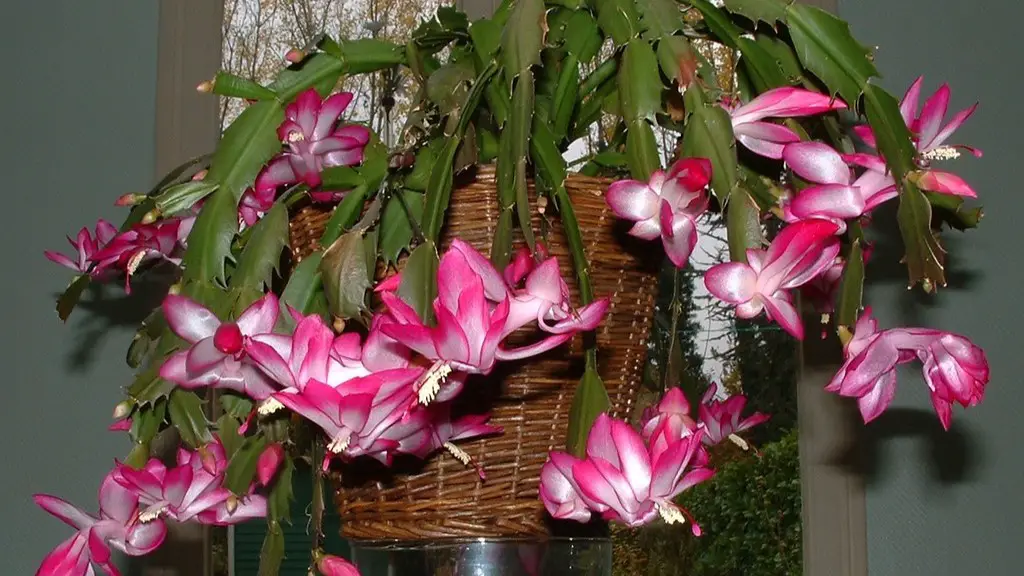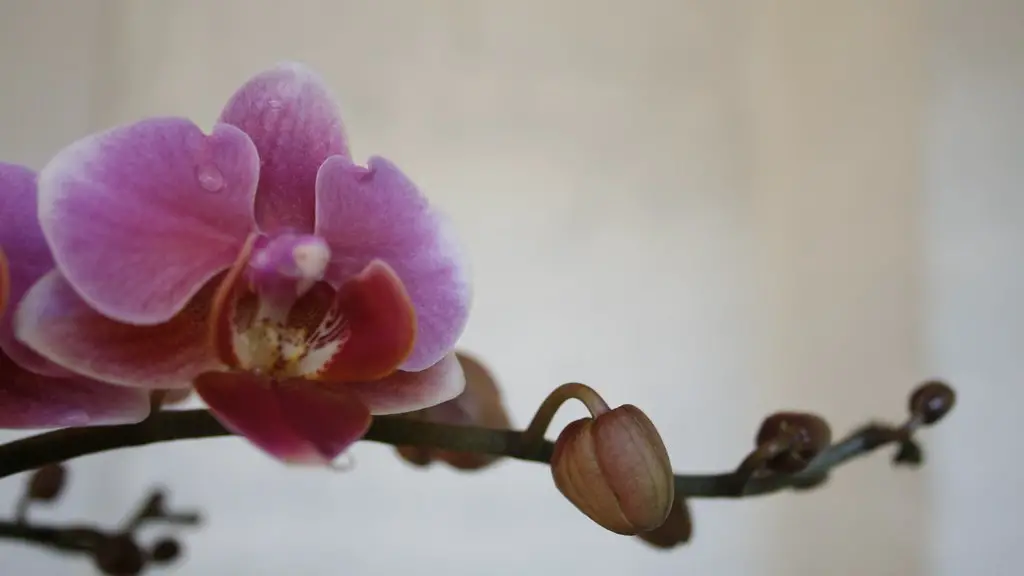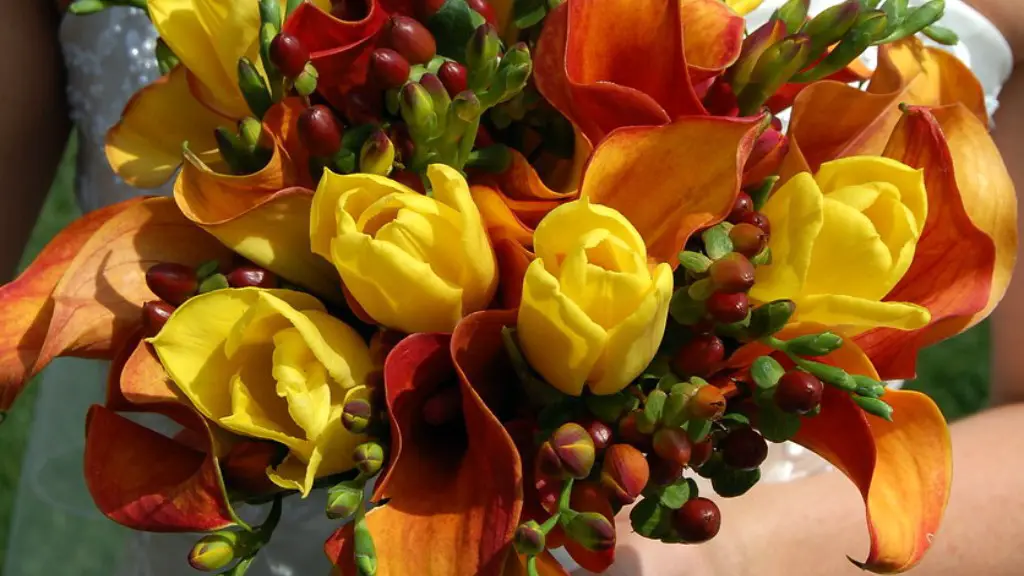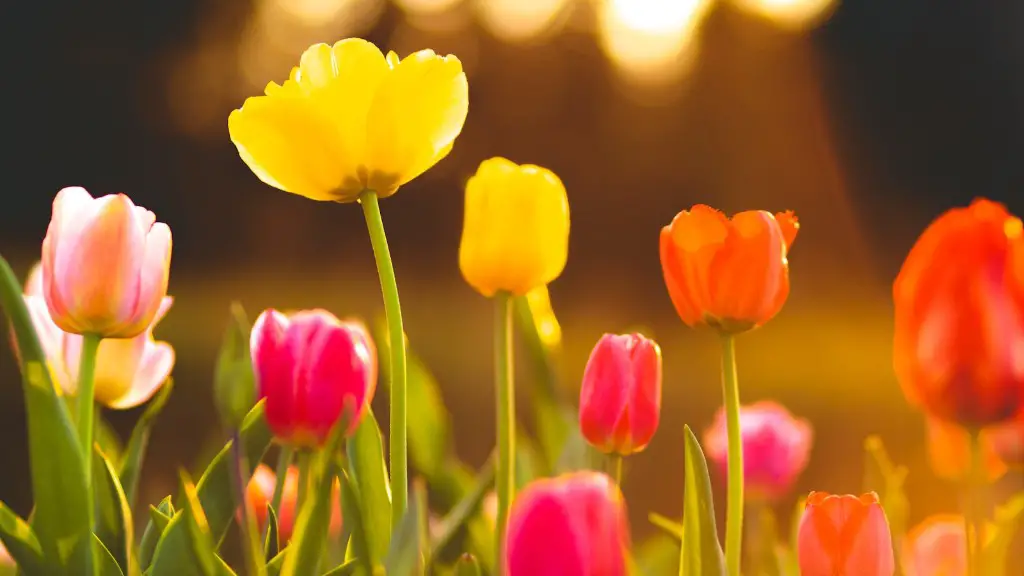There is no definitive answer to this question as different christmas cactus plants may have different fertilizer needs. However, a good general rule of thumb is to use a balanced fertilizer with a slightly higher phosphorus content. This will help promote blooming. It is also important to use a fertilizer that is specific for cactus plants, as they have different nutrient needs than other types of plants.
The best fertilizer for Christmas cactus is a balanced fertilizer with a12-6-6 or 10-10-10 NPK ratio.
Can I use Miracle Grow on Christmas cactus?
To ensure your Christmas cactus blooms beautifully, start by planting it in Miracle-Gro® Cactus, Palm & Citrus Potting Mix. Be sure to water the plant when the top 1 to 2 inches of soil are dry, and increase the humidity around the plant if necessary. From after blooming until fall, feed the plant with Miracle-Gro® Succulent Plant Food to keep it healthy and vigorous.
Fertilizing your plants monthly is a great way to keep them healthy and strong. However, when using a soluble fertilizer, be sure to dilute it to half strength, as too much fertilizer can burn your plants. Also, holiday cacti have a higher need for magnesium than most plants, so be sure to use a fertilizer that has this element in it.
What does Epsom salt do for Christmas cactus
If you want to make your blooms bigger on a plant, Epsom salts can help. However, it’s important to note that this won’t necessarily produce flowers. Instead, your plant may just need some regular fertilization. In general, you should fertilize in spring and summer, and then let the plant rest in October and November.
When your Christmas cactus begins to flower, resist the urge to fertilize it. Doing so can cause the buds to fall off the plant.
What stimulates Christmas cactus blooms?
To encourage bud set, provide bright light, temperatures between 55 F and 65 F, and 13 hours or more of continuous darkness each day. For flowers during the winter holiday season, long nights should be started in late September or October and continued for eight weeks.
If you want your forest cactus to bloom for the holidays, start the process six to eight weeks before the holidays. Put your cactus in a dark closet for 14 hours a night. Bring it back out into a bright location during daylight hours. Once buds begin to form, the closet treatment is no longer needed, and the plant should bloom beautifully for the holidays.
How often should a Christmas cactus be watered?
To care for your Christmas cactus, water every 2 to 3 weeks, but only water when the top one third of the soil feels dry to the touch. For example, if the plant is in 6 inches of soil, water when the top 2 inches feel dry. Use your finger to check the moisture level of the soil before watering.
If you want your Christmas cactus to bloom, you need to give it a period of dormancy. Cut back on how much you water it during late fall, from October to the middle of November. Let the top two or three inches of soil dry out between waterings. During this time, also keep it in a cool spot with indirect light.
Do coffee grounds help Christmas cactus
We all know that coffee is a great pick-me-up in the morning, but did you know that coffee grounds can also be beneficial for your Christmas cactus? That’s right – coffee grounds include potassium and nitrogen, two minerals that help promote the flowers on a Christmas cactus. While the plant itself will grow with little help, those gorgeous flowers that add color to a dreary winter benefit from these minerals. So next time you’re brewing a pot of coffee, set some grounds aside for your Christmas cactus – your plant will thank you!
Pruning your holiday cactus will result in a fuller, bushier plant that will produce more blooms. Additionally, it provides an opportunity to propagate more plants to give to friends and family. The best time to prune a holiday cactus is right after it has bloomed and before it actively begins growing.
When should you put a Christmas cactus in the dark?
When should you put a Christmas cactus in the dark?
To initiate blooming, put your Christmas cactus in absolute darkness for at least 12 hours a day, every day, starting in October. This gives the plant about eight weeks to form buds and bloom just in time for the holidays.
It’s important to start restricting the amount of water you give your plant while they are still in the vegetative stage. Too much water can lead to problems with the roots and stem, and can also encourage fungal growth. Start by gradually reducing the amount of water you give them each week, and make sure that the soil is allowed to dry out completely between waterings.
Where is the best place to put a Christmas cactus
When placing your holiday cactus, be sure to find an area with partial shade and a temperature between 70° and 80℉ for the best results.
Pruning an older plant will cause new growth to emerge. The plant will put out new segments wherever you trim. This is a great way to deal with a leggy plant, as it will fill in, making for a bushier, fuller Christmas cactus.
Do you water a Christmas cactus from the top or bottom?
When watering your Christmas cactus, it is best to do so from the bottom rather than from the top. This will ensure that the roots are getting enough water and that all of them are being reached.
Christmas cacti prefer daytime temperatures of 65 to 70 degrees, and evening temperatures of 55 to 65 degrees. They like humidity, so if your house is dry indoors in winter, put it on a tray of pebbles, or place it near other plants. Water when the top surface feels dry, and never let them sit in water.
Conclusion
There is no definitive answer to this question as different Christmas cacti have different fertilizer needs. However, a high-quality, all-purpose fertilizer that is low in nitrogen and high in phosphorus is generally a good choice for Christmas cacti.
There are many different types of fertilizer that can be used on Christmas cactus, but the best fertilizer is one that is high in phosphorus and low in nitrogen. This type of fertilizer will help the plant to produce more flowers.
